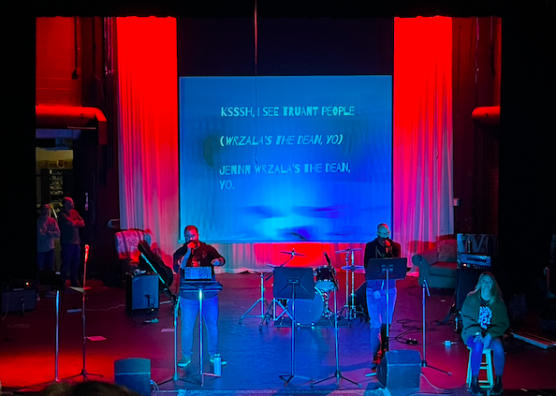NASA’s Artemis I rocket delayed yet again
September 10, 2022
On Sept. 2nd, NASA’s Artemis I rocket was delayed for the second time, pushing off the launch date by at least a couple more weeks. This first launch, originally scheduled for Monday, August 29th, was intended as a stress test of sorts for the unmanned Orion Spacecraft, whose mission was to reach the moon’s orbit and remain in space for more than a month before splashing down on Earth somewhere in the Pacific Ocean.
Had there been a launch, it would’ve marked the beginning of the Artemis Space program’s missions, a plan with about 10 total expected missions to travel to space over the coming years. The Artemis Program has ambitions to place humans on the moon for a prolonged period of time — a feat left untouched for almost 50 years. Additionally, part of the program’s plans is to venture farther across the moon than humans have ever traveled before, with the end goal of eventually using the knowledge from these combined missions to send humans to Mars. It was all planned out. So, why didn’t it take off?
The first launch meant for Aug. 29 met a whole host of issues, starting with multiple weather concerns and eventually getting scrubbed with the discovery of a hydrogen leak in the engine due to a faulty sensor, all of which were eventually resolved. The next open launch window for Friday, September 3rd was also scrubbed, as another leak pushed back on the schedule with troubleshooting and other fixes.
The next launch window also won’t be for another few weeks at the very least — with mid to late October being some of the predicted open times, especially if the main rocket (the SLS) requires repairs. It takes days just to transport the rocket back and forth between facilities, not to mention how long it would take to repair the rocket itself, which can provide even more timing issues. Overall, any minor issue can cause further damage and push the launch back a lot, which we saw firsthand with this hydrogen leak issue.
NASA will continue to push for as safe of a launch as possible within a reasonable time constraint, but each move they make takes time and considerable risk calculations. Regardless, more information will come out closer to the date of the next launch, so what else they have in store remains to be seen.


